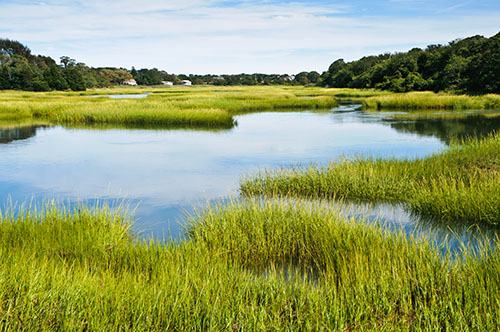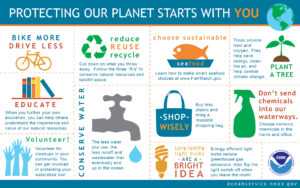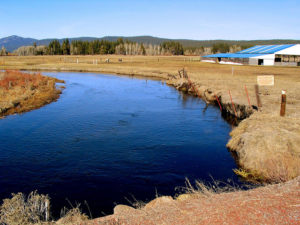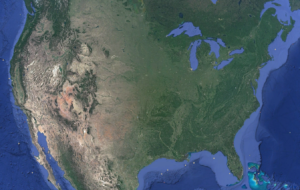WOTUS: a Confusing Legacy

The Clean Water Act’s extension of what waters it attempts to regulate is leaves WOTUS a confusing legacy. Does it apply to wetlands? If so, what if wetlands stand alone and don’t adjoin navigable waterways? The courts have been adjudicating questions like these for year. But earlier this year the US Supreme Court gave a definitive answer – for now.
What Happened?

There is no denying the positive changes that the Clean Water Act has rendered as once flammable waters again being fishable, boatable, and even swimmable. Even so, the definition of “waters of the United States,” that defines the reach of the federal government’s regulation of water, is controversial. On May 25, 2023, the U.S. Supreme Court decided in Sackett v. Environmental Protection Agency (“EPA”)how “waters” are to be defined for purposes of the CWA.
Background
To understand Sackett, we must begin with looking at Rapanos v. United States, 547 U.S. 715 (2006). Rapanos, found there are two tests to define “waters of the United States.”
- The “Plurality Test,” a two-prong test, that defines water of the United States as “(1) a relatively permanent body of water (2) connected to traditional interstate navigable waters.”
- The broader “significant nexus test.” Under this test “the wetlands, either alone or in combination with similarly situated lands, significantly affect the chemical, physical and biological integrity of the waters understood as “navigable,” are considered among the “waters of the US.”
The Sackett Decision
These two conflicting tests did not resolve the issue.
But now the May 2023, Supreme Court decision determined that the “Waters of the United States” extend “only to geographical features that are described in ordinary parlance as ‘stream, oceans, rivers, and lakes’ and to adjacent wetlands that are ‘indistinguishable’ from bodies of water due to a ‘continuous surface connection’.” Sackett v. EPA, 143 S. Ct. 1322, 1336 (2023). This decision adopted the plurality test from Rapanos reasoning that the significant-nexus text could grant endless jurisdiction and importantly interfere with State jurisdiction.
WOTUS as a Confusing Legacy

The Supreme Court’s decision admitted there is obvious need for exceptions to it’s bright line rule such as when there are interruptions in surface connection because of low tide or dry spells to disrupt “continuous surface connection.” Thus, it is evident that wetlands have not seen their last day in court.
As an ever evolving body, water law can be a confusing field. Here at Schroeder Law Offices, we help our clients by finding answers and making the complex appear simple. If you have any questions about how this affects your water rights, please contact us at (503) 281-4100 or m.jones@water-law.com.











